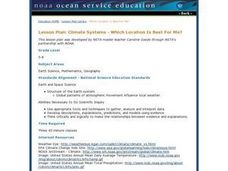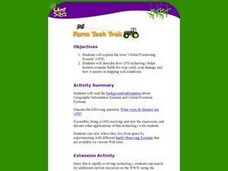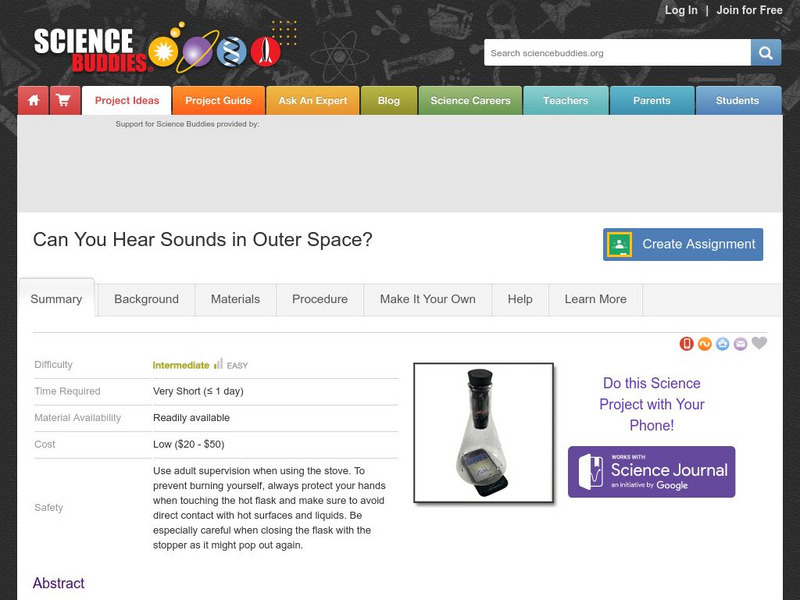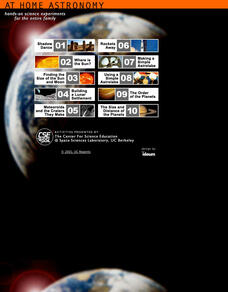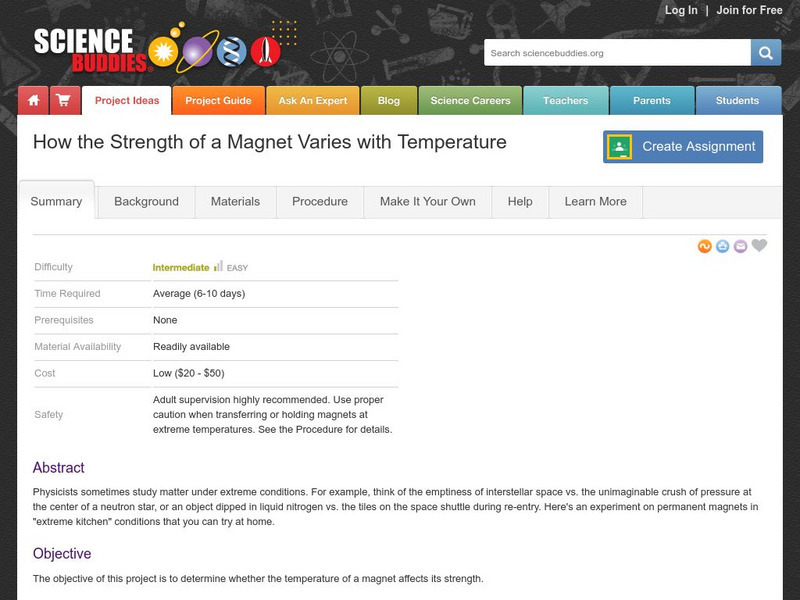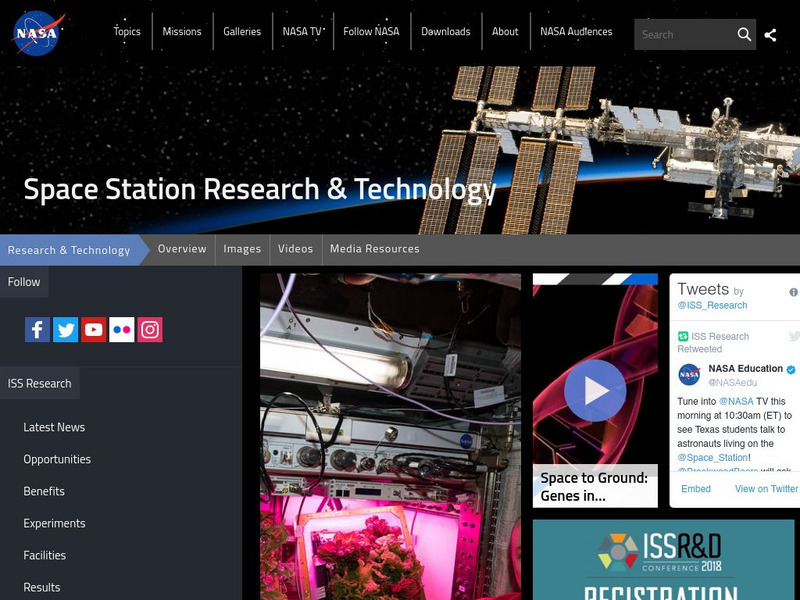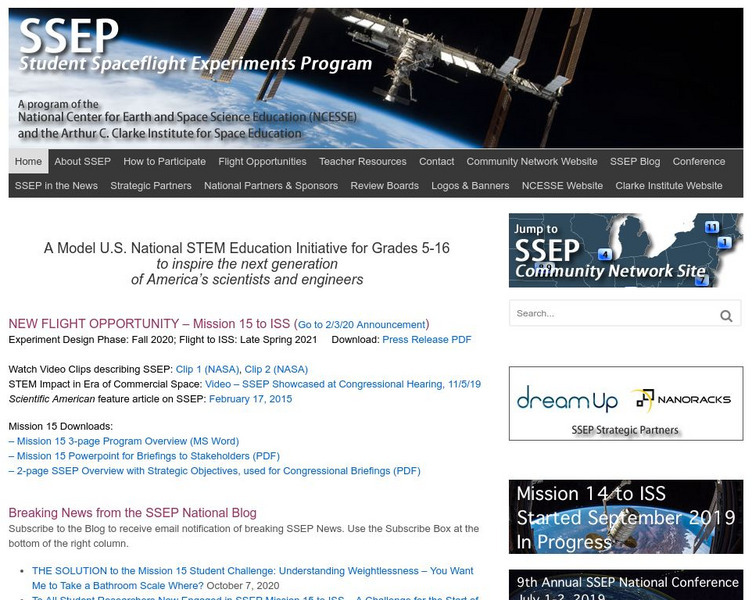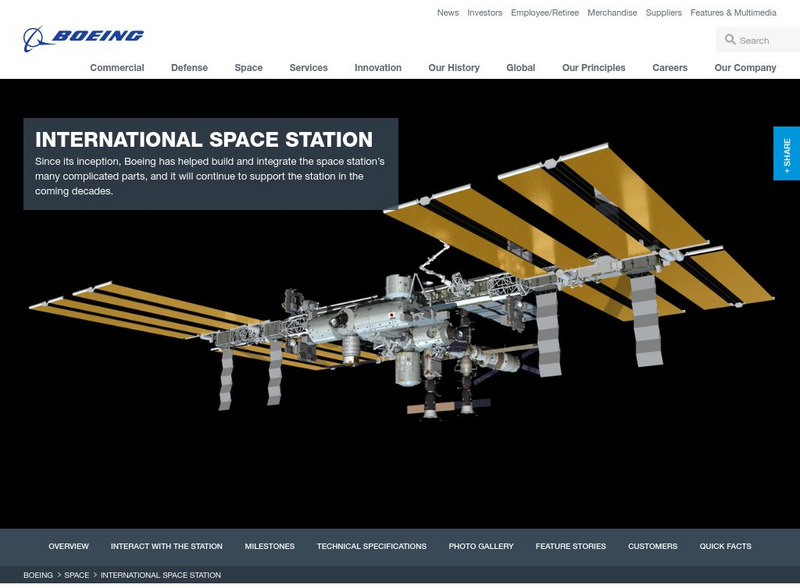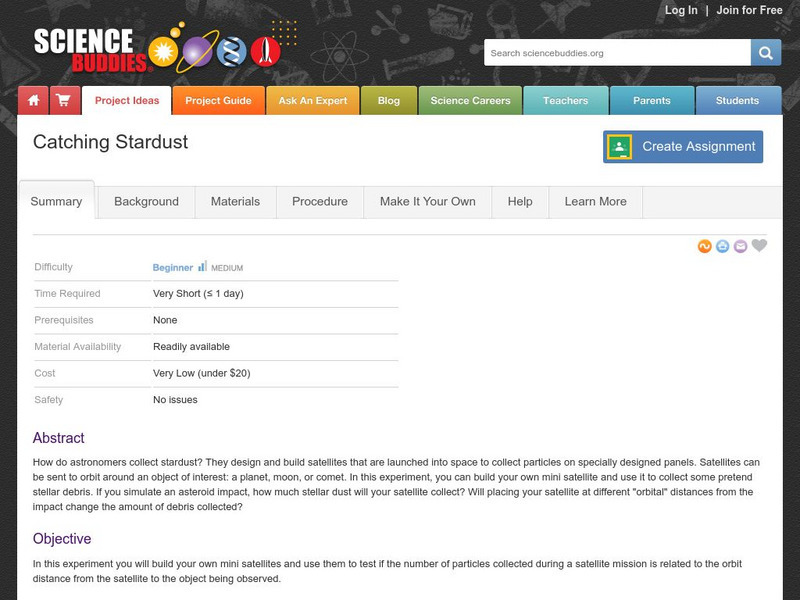Curated OER
Celebrate The Four Seasons
Students investigate cause and effect and compare and contrast how recurring cycles are evident in multiple aspects of their education. They answer questions in the chosen field. Students model each aspect by interpreting, perceiving and...
Curated OER
The Amazing and Beautiful Aurora
Young scholars create an oil pastel painting. In this pastel painting lesson, students examine images of the aurora borealis. Young scholars produce an original pastel painting of the aurora.
Curated OER
Women In Aviation
In this aviation lesson plan, students take an electronic field trip to the Aviation Museum of Kentucjy. In the process the lesson plan looks at women in aviation history. The focus is upon how they could be considered heroes or role...
Curated OER
Numbers as Descriptors
Learners use numbers as descriptors. In this mathematical inquiry instructional activity, students use numbers to describe, classify, and compare plants. Learners are made aware that numbers can be used to describe things in the world...
Curated OER
Psychedelic Checkerboard Op Art
Young scholars analyze optical illusions from the packets, both individually and as a class. They create an original optical illusion design using pattern and repetition. They determine which color needs to be in the pattern.
Curated OER
Climate Systems - Which Location Is Best For Me?
Students study the difference between weather and climate. In this climate systems lesson students search the Internet for the parts of the Earth's system, gather climate data and complete a challenge scenario.
Curated OER
Comparing Earth and Mars
Students work together to compare and contrast Mars and Earth. Using the internet, they answer questions given to them by their teacher and calculate answers showing their work. They graph their answers and discuss the results of the...
Curated OER
Endeavor: Preparing Ourselves for Future Destinations
Learners define the word endeavor and then practice the art of self-discipline. They create character trait charts and discuss how strong character traits help students meet their future destinations.
Curated OER
The Home Stretch
Learners read the novel Stone Fox by John Reynold Gardiner. Using Lego RCX units, students build and program sleds to re-enact the "home stretch" of the National Dog Sled Race.
Curated OER
Making Paper
Students explore how natural earth materials are processed into a human-made product. They simulate a manufacturing process by making paper. Students review the importance of recycling in preserving our natural earth resources.
Curated OER
Everyday Heroes
Students research heroes and create their own criteria of what constitutes a hero. They choose a personal hero and create a web page that portrays the individual and their accomplishments. Students create a presentation for the class.
Curated OER
The Sound of Calm
Students examine the relationships that exist between ocean currents, wind and climate. Using those relationships, they discuss how they affect the oceans. They create their own music to represent the sounds of the ocean and share them...
Curated OER
Bill of Rights: Shapers of Meaning
Learners review the Bill of Rights as a class. In groups, they use the internet to research the contributions made by historical figures in forming these rights. They create a poster showing the information they collected and present...
Science Buddies
Science Buddies: Outer Space, the Silent Frontier: An Experiment on Sound Waves
In outer space there is utter silence. There are no sounds of traffic jams or thunderstorms or crashing waves. No buzzing bees or babies crying. Just silence. In this experiment, you will discover why empty space is void of sound.
University of California
At Home Astronomy: Hands on Science Experiments for the Entire Family
A collection of ten hands-on science experiments for the entire family that will help you understand concepts in astronomy. Make an astrolabe, find the size of the sun and moon, build a lunar settlement, find out about meteoroids, shadow...
Science Buddies
Science Buddies: How the Strength of a Magnet Varies With Temperature
Physicists sometimes study matter under extreme conditions. For example, think of the emptiness of interstellar space vs. the unimaginable crush of pressure at the center of a neutron star, or an object dipped in liquid nitrogen vs. the...
Science Buddies
Science Buddies: Project Ideas: Learn to Design an Ion Engine
The goal of this electricity and electronics science fair project is to understand how ions are used to propel spacecraft in space, and to use a NASA online simulator to design your own ion engine. The Science Buddies project ideas are...
NASA
Nasa: Space Station Science
A section of NASA's site that highlights the science activity taking place on the International Space Station. Read latest news and groundbreaking findings, and also learn about the careful planning and preparation that go into...
Other
Ncesse: Student Spaceflight Experiments Program
A competition for students in Grades 5 and up, in which they design an experiment that would fly in space under conditions of microgravity. Winners in local competitions are chosen to submit their designs for inclusion in a...
NASA
Nasa: Eyes on the Solar System
This interactive experience allows users to assume different positions and vantage points in space while moving through the Solar System. Also, explore the 2011 Juno spacecraft mission to Jupiter with real-time positioning in space.
PBS
Pbs Learning Media: Super Scientists
Grab your science tools and explore with PBS KIDS. Through hands-on activities and exciting media that transports you to space and in the Earth, this collection will bring science to life in your classroom. These resources help students...
Other
Boeing: International Space Station
Boeing, the prime contractor for the International Space Station, provides a detailed overview of the station. Content focuses on the assembly sequence, mission modules, components and structure, systems, and the scientific experiments...
Science Buddies
Science Buddies: Catching Stardust
How do astronomers collect stardust? They design and build satellites that are launched into space to collect particles on specially designed panels. Satellites can be sent to orbit around an object of interest: a planet, moon, or comet....







